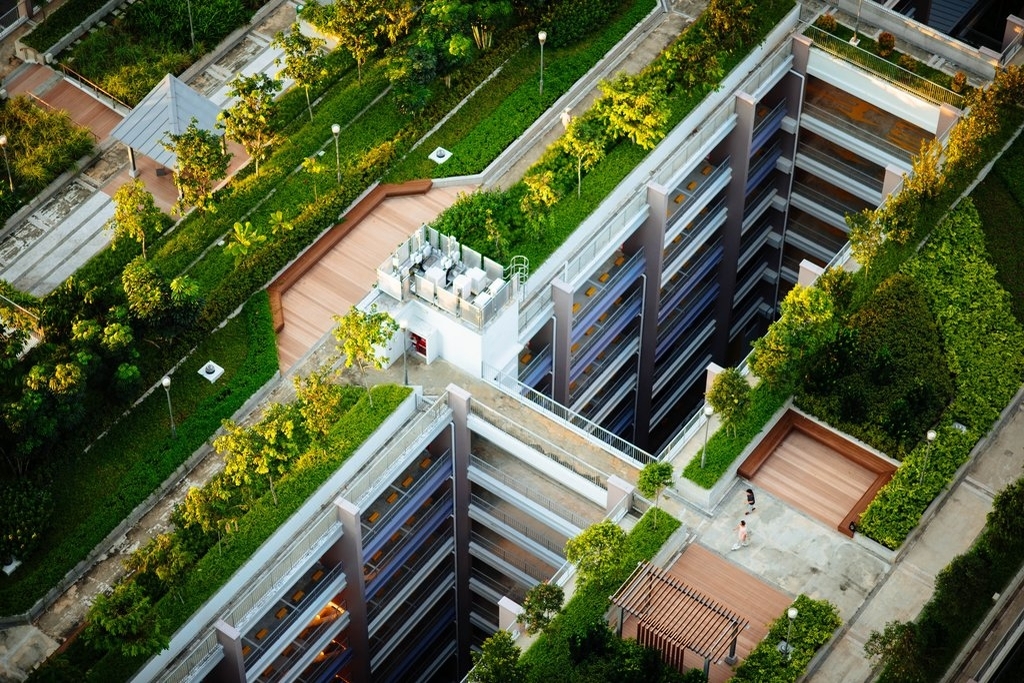Not known Details About City Blooming
Not known Details About City Blooming
Blog Article
Examine This Report on City Blooming
Table of ContentsAn Unbiased View of City BloomingThe Facts About City Blooming RevealedLittle Known Facts About City Blooming.The Best Strategy To Use For City Blooming9 Simple Techniques For City Blooming
Fascinated in expanding food for sale in the City of Chicago? Below is a list of often asked concerns pertaining to the rules and guidelines that growers must consider when intending a metropolitan farming project.
The zoning change does not customize any kind of other codes taking care of composting, building permits, buying or renting City possessed property, company licenses or environmental contamination. There are existing codes that control these problems and they continue to be completely impact and may apply to your project. Neighborhood yards are usually possessed or taken care of by public entities, public companies or community-based companies and maintained by volunteers.
Urban farms grow food that is intended to be sold, either on a nonprofit or for-profit basis. Due to their commercial purpose, urban farms need an organization certificate. Yes. An area garden is enabled to offer excess create that was grown on site if the sales are accessory or subordinate to the yard's primary function explained above.
City Blooming Things To Know Before You Buy
The quantity of garden compost material can not go beyond 25 cubic yards at any kind of given time according to the criteria in 7-28-715 of the City's Municipal Code. Due to the fact that the soil at the majority of new yard sites needs modifying, garden compost, soil, timber chips, or various other materials can be gotten to build or boost the expanding room.

If a building permit is required after that the hoophouse will be taken into consideration an accessory structure. You can figure out even more concerning the structure authorization needs by getting in touch with the Department of Structures. The 25,000-square-foot dimension restriction is intended to prevent a single community garden from dominating an offered block or interfering with the block's existing residential or industrial character.
The limit does not put on gardens found in Public Open Space (POS) districts. Can there be more than one community yard that is 25,000 square feet on a solitary block? Yes. The dimension limitation relates to individual gardens, not to specific blocks. No. Fence is not required, nonetheless, gardens that have large car parking locations might be required to install secure fencing or various other landscape design attributes.
City Blooming - The Facts
B1 & B2 areas require that all business use activities be conducted inside. R areas limit industrial task. The regulations show the function and intent of the Zoning Code. Is secure fencing required for city farms? Yes. Fencings might be called for, together with landscape design and screening, for sure parking lot and outdoor work or storage space areas depending upon location and the certain task taking area.
Urban ranches require structure permits and zoning authorizations prior to building and construction (sustainability). Various other moved here types of city testimonial may be called for depending on specific frameworks, tasks, size, landscaping, licensing, public heath and stormwater administration issues.
Yes. The sort of certificate is figured out by what is happening at the website. The Department of Service Affairs and Customer Security can assist figure out the specific kind of organization certificate that's required. Yes. Off street car park is required for a lot of business jobs in Chicago. The called for variety of garage is based on the number of workers working on site and not the square footage of the growing area.
A Biased View of City Blooming

A metropolitan farm can sell garden compost product produced on site, nevertheless, the operation needs to conform with the regulations in 7-28-715 of the Chicago Municipal Code. Aquaponic systems are allowed inside your home on metropolitan ranches in several zoning areas.
As much as five hives or swarms of honey may be kept as an accessory usage. Beekeepers should register with the Illinois Division of Agriculture. To find out more concerning the suggested zoning amendment you might call the Department of Real Estate and Economic Advancement, Bureau of Planning and Zoning at 312.744.8563.
Farming in cities and city locations An urban ranch in Chicago. Urban agriculture describes different practices of growing. https://cityblooming.blog.ss-blog.jp/2024-06-27?1719472203, processing, and distributing food in metropolitan areas. The term additionally puts on the location tasks of animal husbandry, aquaculture, beekeeping, and gardening in an urban context. Urban farming is distinguished from peri-urban agriculture, which takes area in backwoods beside suburbs.
How City Blooming can Save You Time, Stress, and Money.
It can involve an activity of organic growers, "foodies" and "locavores", that seek to develop social networks based on a shared values of nature and community holism. These networks can create using official institutional assistance, becoming incorporated into neighborhood town preparation as a "change community" movement for lasting metropolitan growth.
In either case, the a lot more direct access to fresh veggie, fruit, and meat products that may be know via city agriculture can enhance food safety and security and food security while lowering food miles, causing reduced greenhouse gas exhausts, thus adding to environment change mitigation. A few of the very first proof of metropolitan farming comes from Mesopotamia.
Report this page